TenaciousTins
TPF Noob!
- Joined
- Oct 21, 2011
- Messages
- 397
- Reaction score
- 72
- Location
- Vermont
- Website
- www.facebook.com
- Can others edit my Photos
- Photos OK to edit
I really am not into studio shots, but my husband's grandfather gave me 6 umbrellas and 3 light stands. However, I don't have the lights or anything to hold the umbrellas. Here are the umbrellas and stands I have:

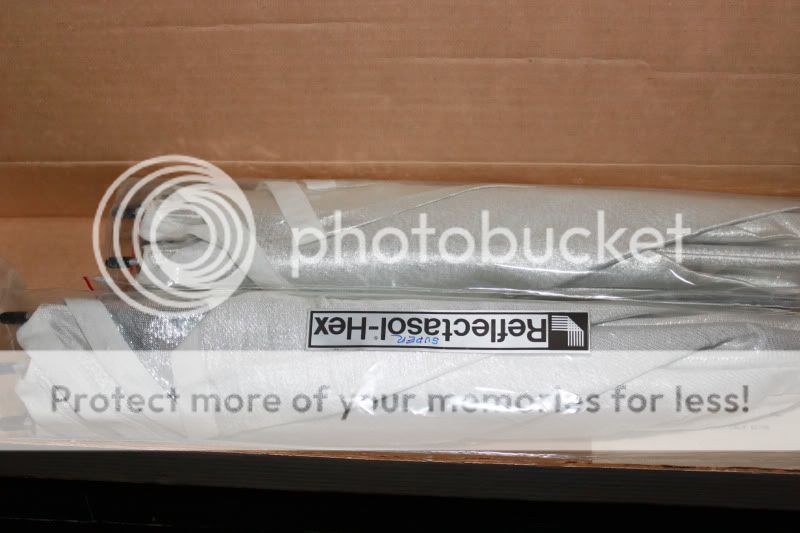
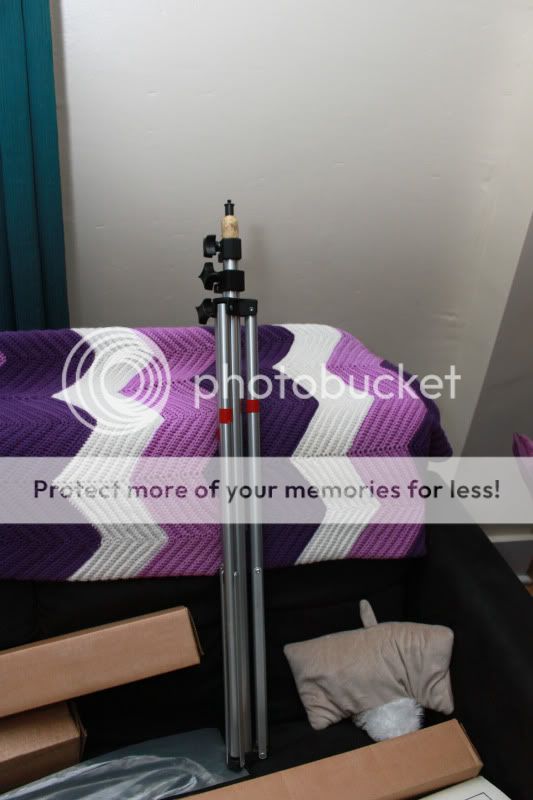
And the picture on this box (mind you these are many many years old but in spectacular condition) shows a piece that appears to hold both
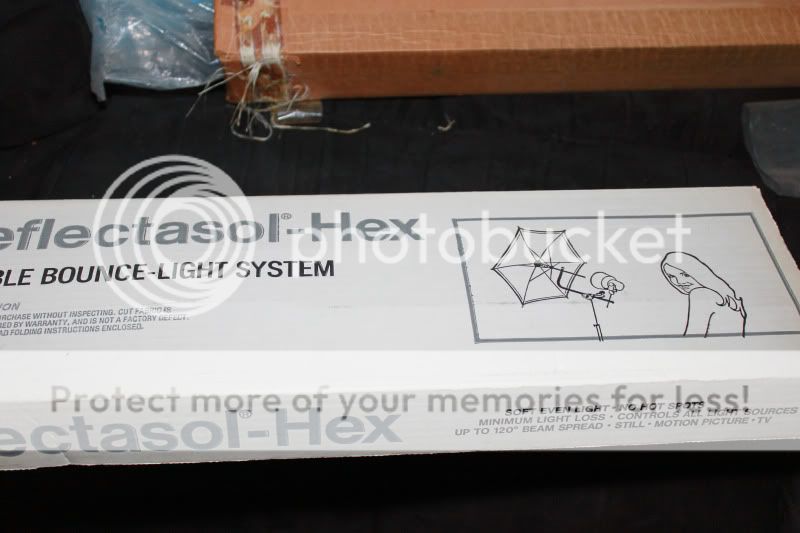
I know next to nothing about lighting and I don't have a fortune to spend, I don't really have anything to spend at the moment, but I want to know what to get when the time comes that I have money for stuff.



And the picture on this box (mind you these are many many years old but in spectacular condition) shows a piece that appears to hold both

I know next to nothing about lighting and I don't have a fortune to spend, I don't really have anything to spend at the moment, but I want to know what to get when the time comes that I have money for stuff.



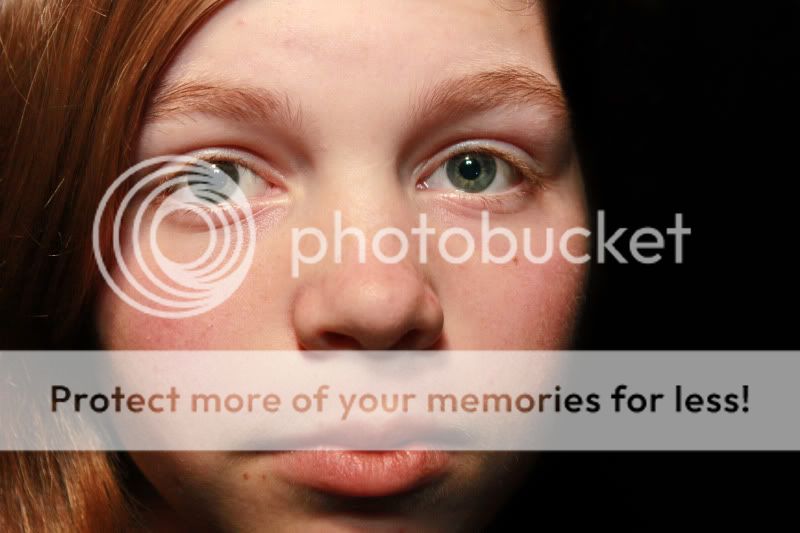
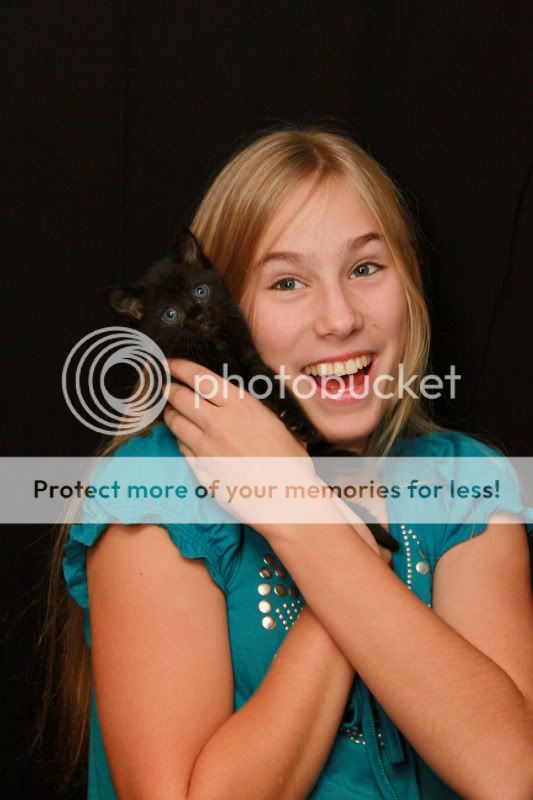
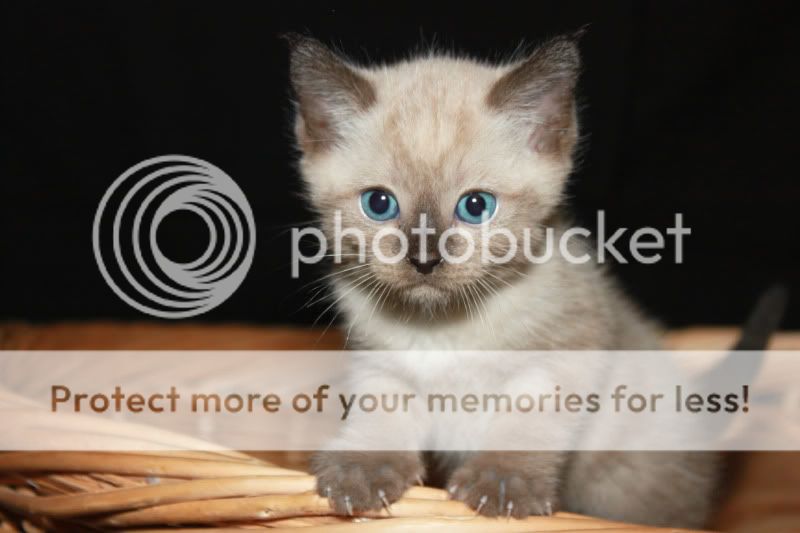
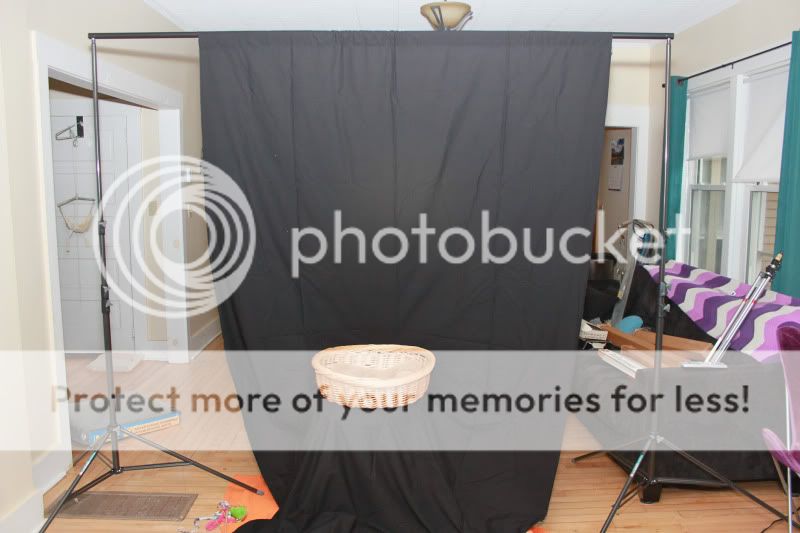

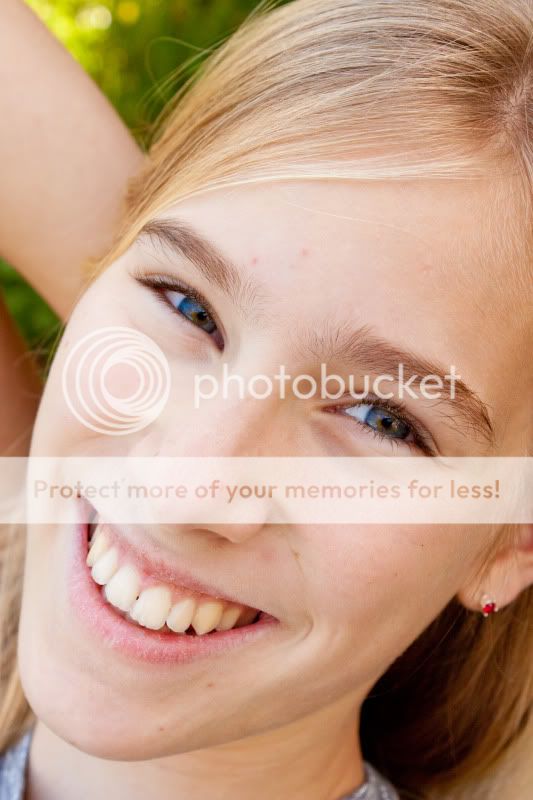

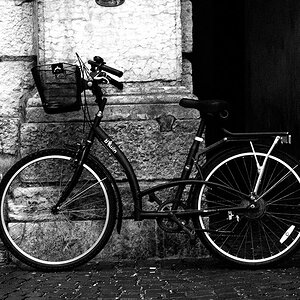
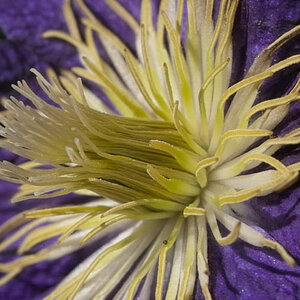
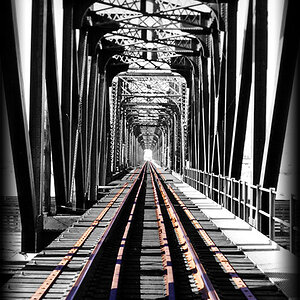
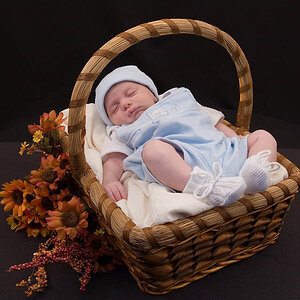
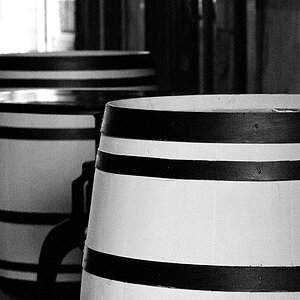
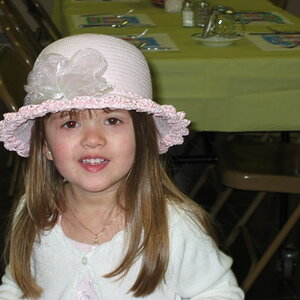
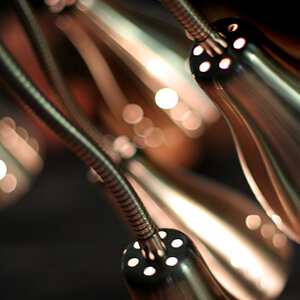
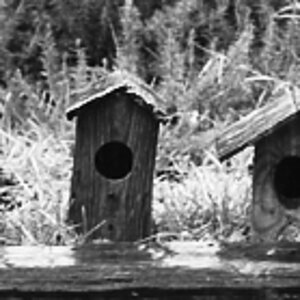
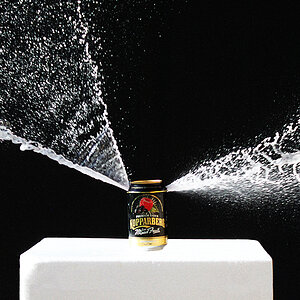
![[No title]](/data/xfmg/thumbnail/39/39490-b2e64c58554ef92efe2474950d27753d.jpg?1619739050)